The Security Cameras Market is currently characterized by a dynamic competitive landscape, driven by technological advancements and increasing demand for surveillance solutions across various sectors. Major players such as Hikvision (China), Dahua Technology (China), and Axis Communications (Sweden) are at the forefront, each adopting distinct strategies to enhance their market positioning. Hikvision (China) focuses on innovation through the development of AI-powered cameras, which are increasingly integrated into smart city projects. Meanwhile, Dahua Technology (China) emphasizes regional expansion, particularly in emerging markets, to capture a broader customer base. Axis Communications (Sweden) is known for its commitment to high-quality imaging and cybersecurity, which positions it favorably in a market that increasingly values data protection alongside surveillance capabilities. Collectively, these strategies contribute to a competitive environment that is both fragmented and rapidly evolving, as companies vie for technological leadership and market share.
In terms of business tactics, companies are increasingly localizing manufacturing to reduce costs and enhance supply chain efficiency. This approach not only mitigates risks associated with The Security Cameras Market demands. The competitive structure of the Security Cameras Market appears moderately fragmented, with several key players holding substantial market shares while numerous smaller firms also contribute to the overall landscape. The collective influence of these major players shapes market dynamics, as they engage in continuous innovation and strategic partnerships to maintain their competitive edge.
In August 2025, Hikvision (China) announced the launch of its latest line of AI-driven security cameras, which utilize advanced facial recognition technology. This strategic move is significant as it aligns with the growing trend towards smart surveillance solutions, catering to both public safety and private security needs. The introduction of these cameras is likely to enhance Hikvision's market share, particularly in urban areas where security concerns are paramount.
In September 2025, Dahua Technology (China) revealed its partnership with a leading telecommunications provider to integrate its surveillance systems with 5G technology. This collaboration is poised to revolutionize the way security footage is transmitted and analyzed, offering real-time monitoring capabilities that could significantly improve response times in critical situations. Such advancements may position Dahua as a frontrunner in the next generation of surveillance technology, appealing to both governmental and commercial sectors.
In July 2025, Axis Communications (Sweden) expanded its product line to include environmentally sustainable cameras, which utilize energy-efficient technologies. This initiative not only reflects a growing consumer preference for sustainable products but also aligns with global efforts to reduce carbon footprints. By prioritizing sustainability, Axis is likely to attract environmentally conscious customers, thereby enhancing its competitive positioning in the market.
As of October 2025, the Security Cameras Market is witnessing trends that emphasize digitalization, sustainability, and the integration of artificial intelligence. Strategic alliances are increasingly shaping the competitive landscape, as companies collaborate to leverage each other's strengths in technology and market reach. Looking ahead, it appears that competitive differentiation will evolve from traditional price-based competition to a focus on innovation, technological advancements, and supply chain reliability. This shift suggests that companies that prioritize R&D and sustainable practices may emerge as leaders in the market.
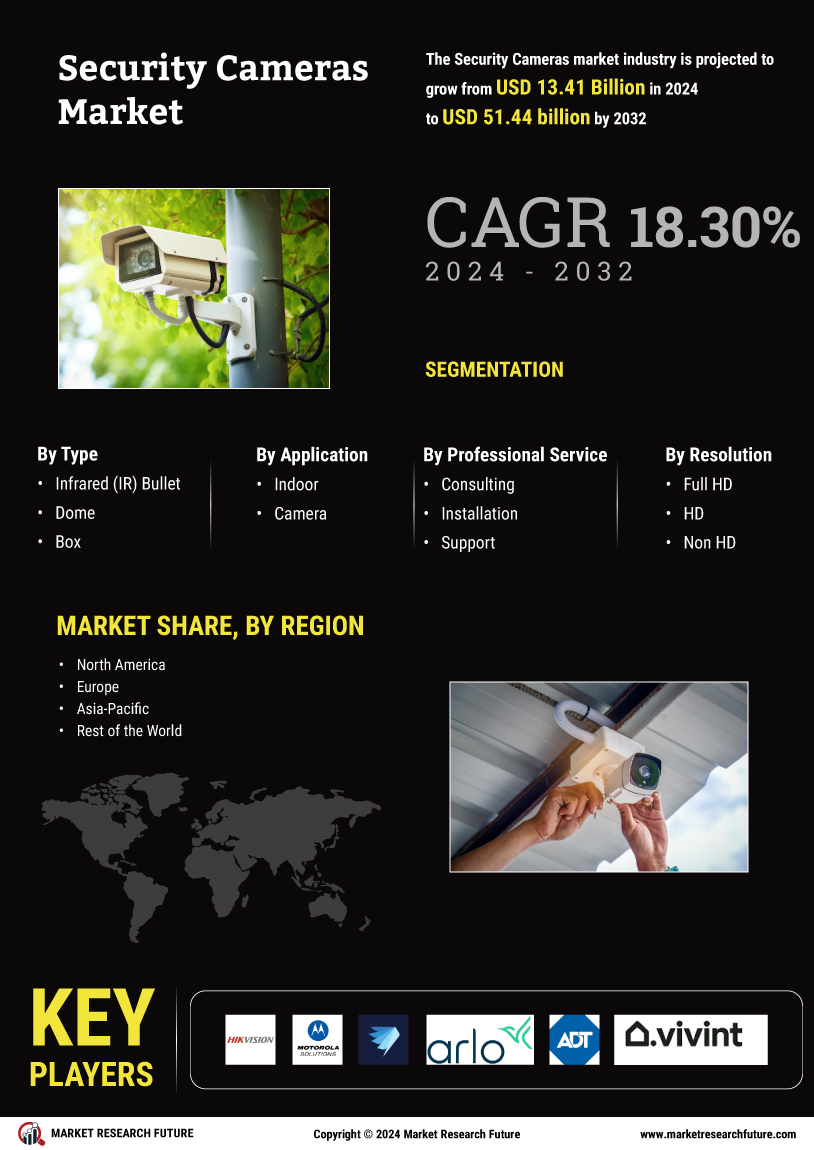
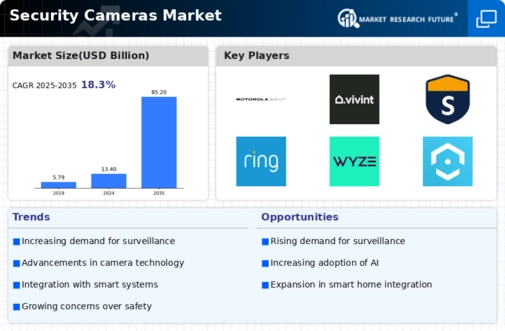
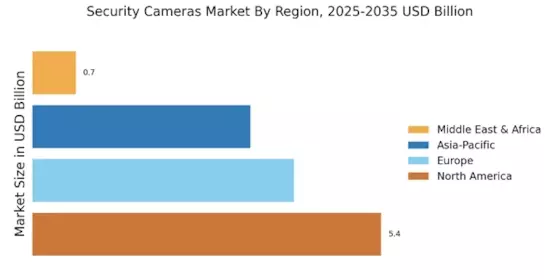
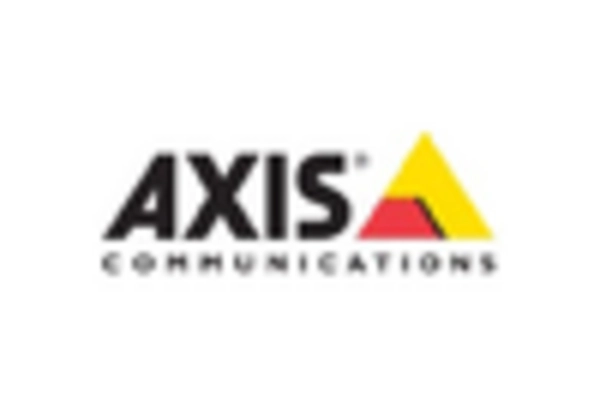
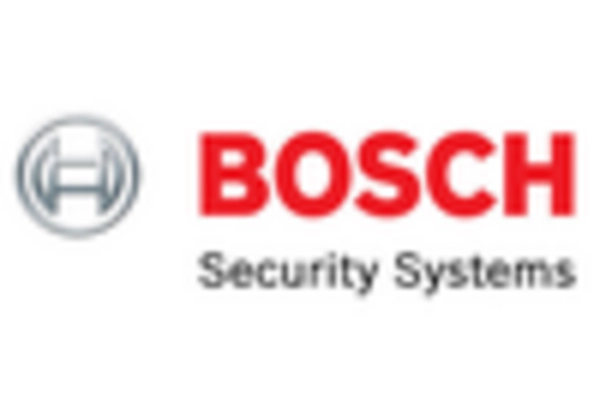
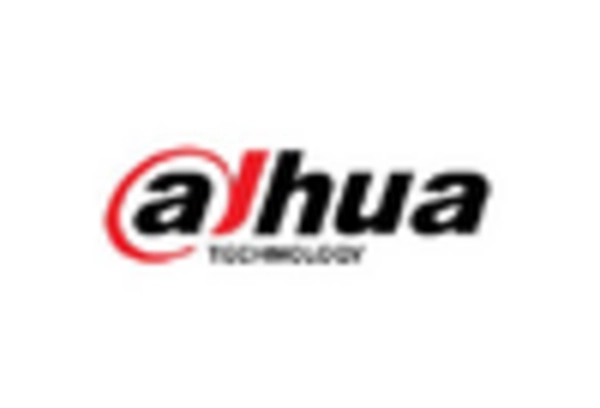

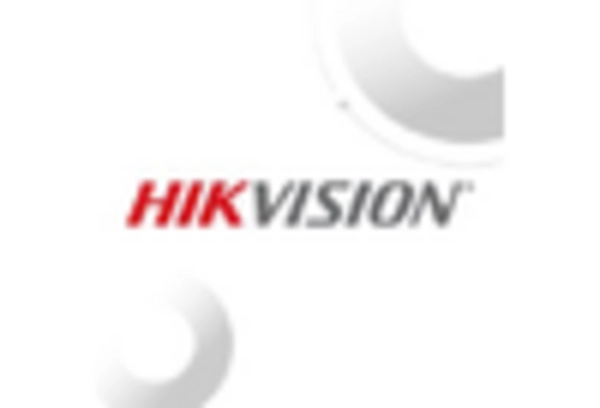









Leave a Comment